 Your Foot Has The Full Map Of Your Body And Here Is How To Read It
Your Foot Has The Full Map Of Your Body And Here Is How To Read It
Foot reflexology charts show the location of reflex points on your feet. Through acupuncture and massage, applying pressure at these points can help heal ailments of the body. With some patience, you can learn to read a chart that will show you where the reflex points on your feet correspond to specific areas of your body's anatomy.
Familiarize yourself with the basic foot reflexology chart.
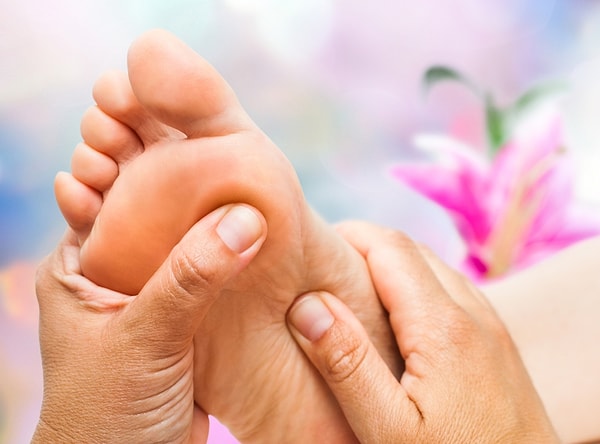
Starting out, learn about the basic areas on a foot reflexology chart. This outlines the major organs locations on the foot.
The toes and feet indicate your head and neck. Massaging your toes in foot reflexology means working your head and neck.
The insides of your feet correlate to your spine.
The area just underneath your toes corresponds to the chest.
The thinnest part of your foot, usually found towards its center, is known as the waistline. Parts of your foot correlated with the stomach are found above the waistline. Parts correlated with the intestines are found below.
The bottom of your foot is connected with your pelvic area.
Even the basics can lead you to a very simple self-treatment.

The right foot is associated with the right part of the body and left foot is associated with the left side of the body. The stomach, for example, is primarily located on the left side of the body so massaging and applying pressure to the left foot can treat stomach ailments.
The sole chart is fairly easy to learn and deals only with the underside of the foot, not the tops or sides of the feet.
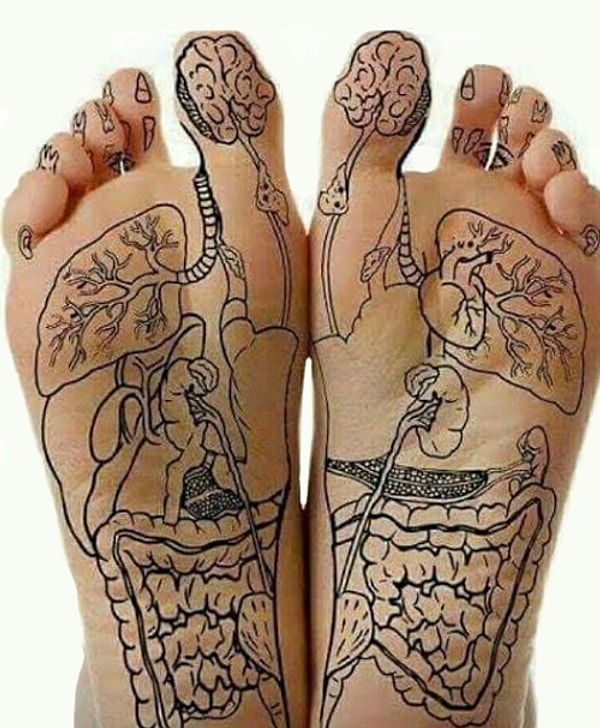
If you're starting out with foot reflexology, keep your main focus on the sole chart. It provides slightly more details in regards to which parts of the foot are connected to which parts of the body. For example, when it comes to toes, the second and third toe after your big toe are connected to the eyes. If you have eye strain, applying pressure in that area can help. Your remaining toes are connected to your teeth, your sinuses, and the top of your head.
Pressure points do differ on the left foot and right foot; however, there are some similarities.
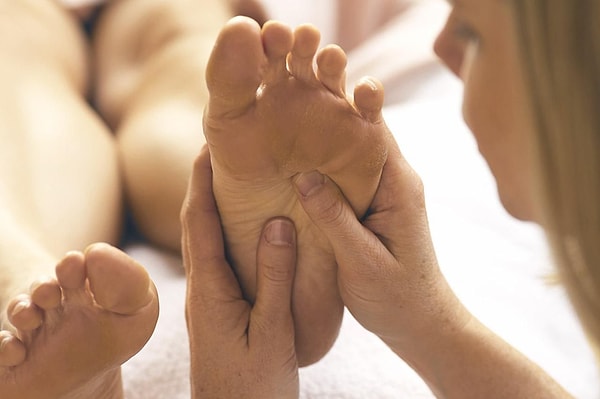
Your ears are affected by the areas just below your toes on both feet.
On both feet, the lungs are found about an inch below all your toes except the big toe.
Your heels on both feet are connected to your legs.
The area just below the waistline is connected to your small intestine on both feet.
Toes contain what are referred to as meridian points, which are small pressure points correlated to certain body parts.
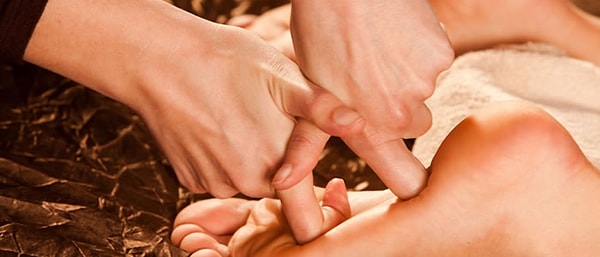
There are five meridian points on each foot.
There are two meridian points on either side of the big toe. The meridian point on the outer part of the big toe corresponds to the spleen. The one on the inner point corresponds to the liver.
On the toe next to the big toe, there is a meridian point on the left side. This corresponds to the middle of your stomach.
On the toe next to your pinky toe, there is a meridian point on the left side that connects to the gallbladder.
On your pinky toe, there is a meridian point on the left side. This corresponds to your bladder.
Applying your knowledge with a foot reflexology massage
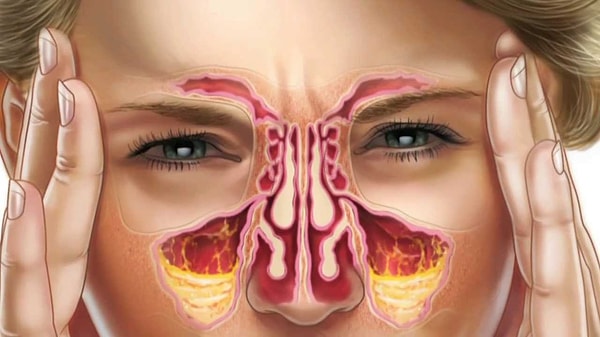
To start a foot reflexology massage, begin with the toes. You should massage with the rotating thumb technique. Using your thumbs, press in, rotate, lift, and then move, focusing on covering only small areas of the body at a time.
Massage the both feet.
Move on to the tops and sides of your feet. This is where your knowledge of foot reflexology is most useful.
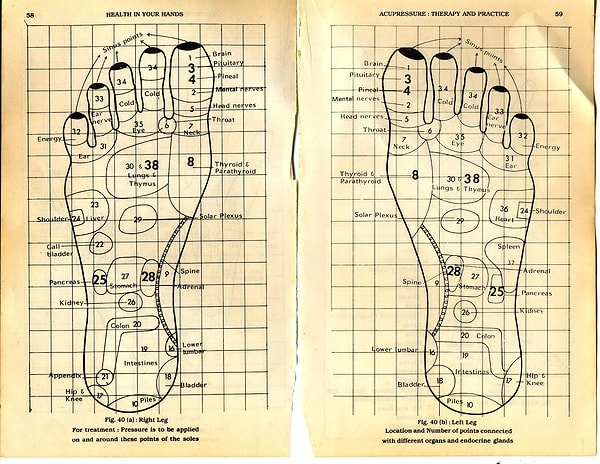
If you have abdominal problems, focus on the arch of your foot as well as the area above the waist line. Remember, the stomach is primarily located on the left foot.
If you have issues with your liver and gull bladder, focus mostly on the right foot.
If you're having issues with the kidney, focus on your ankles and heel.
Keşfet ile ziyaret ettiğin tüm kategorileri tek akışta gör!


Send Comment
Does it have to be massage OR can it be jets of water.. Like a MED spa where jet pressure can be ADJ..